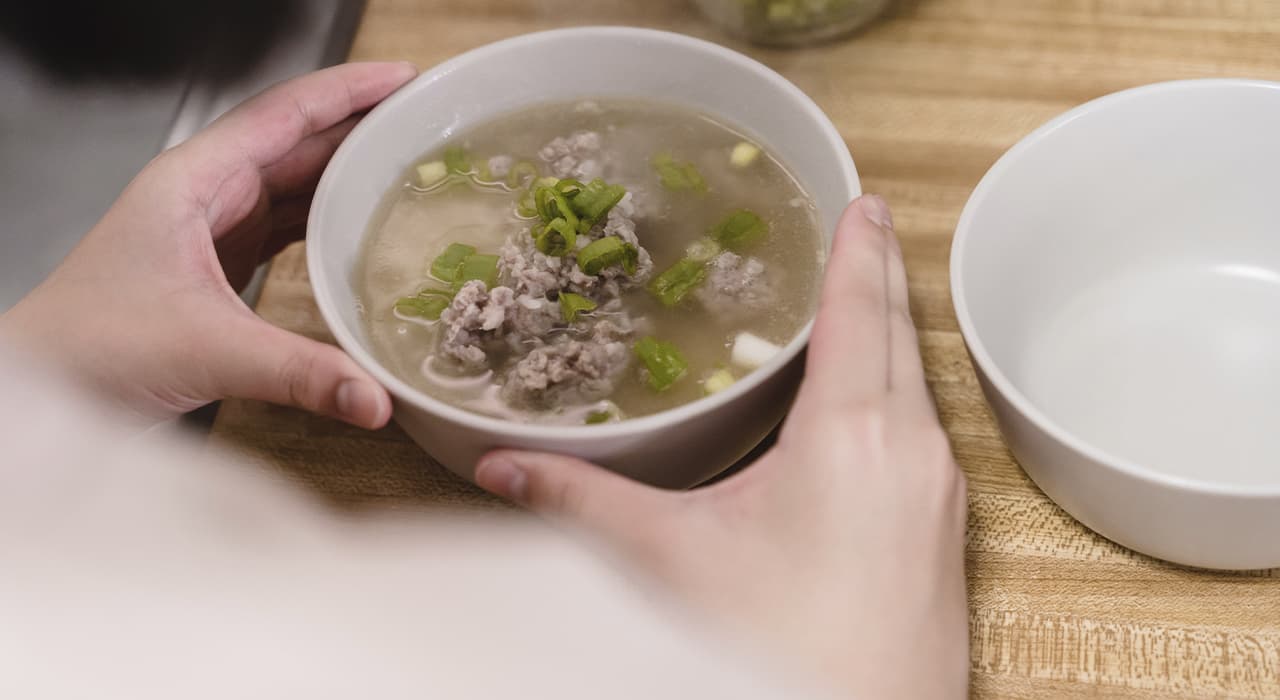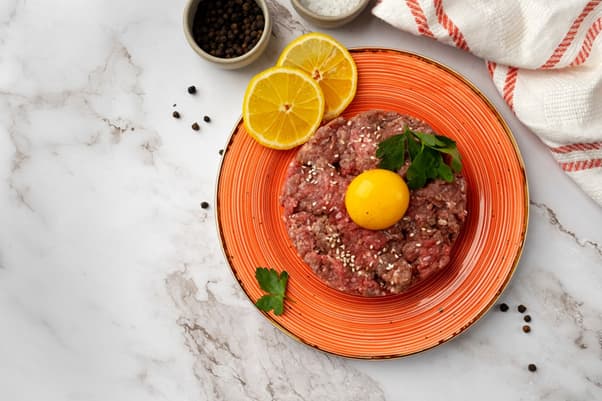Khash in Armenia is not just a rich broth of beef bones with the addition of rumen (the largest part of the stomach of ruminants), it is a ritual whose organizers and participants “sacred action” during the whole process of preparation and the meal itself. Khash is one of the oldest Armenian dishes, which then spread throughout the Caucasus and Transcaucasia. The very name “khash” is derived from the Armenian “khashel”, which means “to boil”.
In the old days, khash was considered the food of the poor, because for its preparation they used what remained after the ritual sacrifice or sale of meat.
When should one eat khash?
The khash season “opens” in Armenia in late fall with the first cold weather and continues until the first warm days arrive. So, the cold of this winter is a good reason to eat khash more often.
It is true that the process of preparing hash is long and troublesome, but it is well worth it. Self-respecting khash-men gather around the table early in the morning. And it is not a coincidence. Khash is a very hearty dish that can provide you with energy for a whole day.
How to cook hash?
We hope that you have already worked up an appetite for hash, so let’s move on to the practical part. To make hash, you need beef shanks, and if you want you can also use “por” – the rumen of the animal.
Previously, it took several days to process beef shanks; they had to be thoroughly scorched and cleaned, and kept for several days in a dish with cold water. Today you can buy the shanks almost ready to be cooked. Although, housewives soak them in water for a day or two, changing the water several times. The same applies to rumen. Rumen is boiled separately for about 3 hours and broth is poured out. Then all ingredients of khash are placed in a big pot and covered with water. All this mass is boiled until the meat begins to separate easily from the bones.
Must do for hash?
There are several laws of “hash eating” which are strictly adhered to. Chilled vodka, plain or mineral water, radish, pickles, hot pepper (tsitsak), dry lavash, which is crumbled in rather large quantities into a plate with the hot brew, chopped garlic, herbs, cheese, and of course, salt must be on the table. It should be noted that khash is not salted at all while cooking but salt is added immediately during the meal. Real khashists eat khash with hands and the most inveterate gourmets even cover their heads above the plate with steaming broth with lavash sheets, as if fending off other eaters for sacred action. Since khash is eaten with hands, a wet napkin is placed next to each person at the feast.
Obligatory toasts at khash
There are three toasts without which it is impossible to imagine the hash ritual in Armenia. The first one is “Barov tesank” (For the meeting!), the second – To those who cooked! The third – For the eaters! Then comes the “free part of the toast program,” and everyone can say a word. As is customary in the Caucasus, the toasts are said for the health of all present, for children and parents, for success, good luck – in a word, for everything good. But here, too, there is an immutable rule of folk wisdom – the toasts are short, because khash is a dish to be eaten hot.




